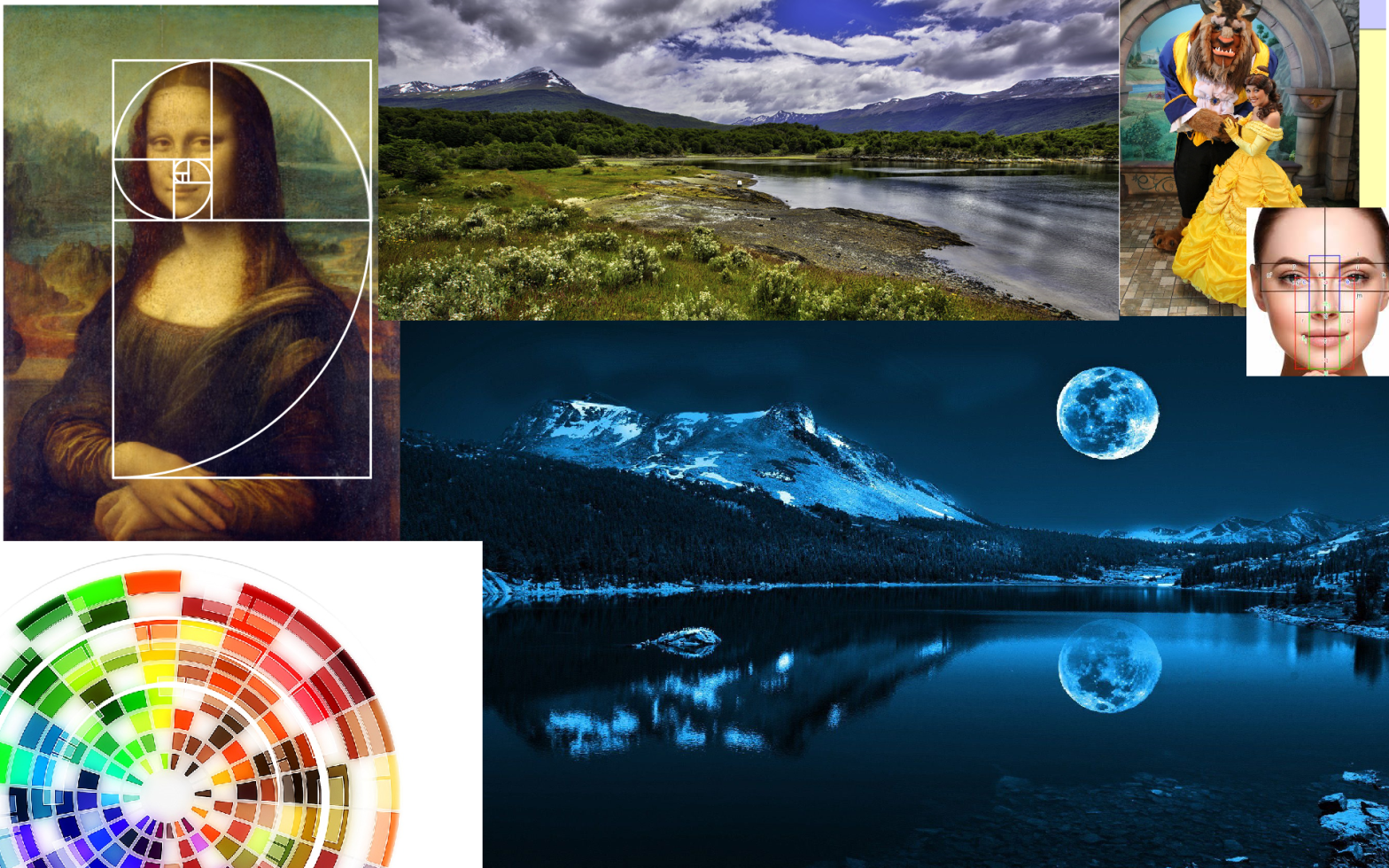Decoding Beauty?
Posted on April 26, 2023 • 5 minutes • 887 words
The weather was great this morning, and I had a lovely morning jog among lush green trees and a pleasant sky. Trees with varied twists and turns, yet whole, complete, and perfect, were standing tall as if floating in the sky to display their magnificence. The bird calls, and the wet ground smell added toppings to this visual beauty. Dear readers welcome back. Yes, as you guessed, it, I will be exploring a question that has no answer, and no vocabulary to ever describe; the question that makes you feel stupid, but contends you, and the only question I believe is worth pondering, without ever touching the answer. I would like you to join me on the roller coaster of trying to understand “Beauty”.
The story goes back centuries ago when ancient humans worked tirelessly in the jungle to fill their stomachs. After their encounter with furious wildlife during the morning, they took time to adore the wilderness during the night. Mother nature, in her kindness provided vast night skies with stellar views. Man, not just enjoyed the beauty, but asked hundreds of questions. We saw patterns, linked them to known objects, and inquired more about them. Among many things the beauty manifested into, pattern recognition, and mathematics were the grand slams. Like you and me, ancient civilizations asked what is beauty. More specifically, what patterns make things beautiful. Indian mathematician Virahanka realized that some patterns are more visually appealing than others and that these patterns follow a golden ratio.
To give an overview of the golden ratio, a rectangle drawn in this ratio has a length of 1.618 cm and a breadth of 1 cm. Non-Euclidean geometric figures like a spiral would follow the Fibonacci series with the golden ratio. From sunflowers and bees to the famous Mona Lisa painting, they all follow the golden ratio. If you have seen something and told yourself that this beauty exceeds others in the group, then that too probably has a golden ratio in its geometry. Interestingly, beauty in a human face is also linked to this very ratio. Marquardt Beauty mask identifies beautiful faces based on dodecagons and their golden ratios.
While the crest jewel of beauty is the pattern derived from the golden ratio, other patterns also compete with the golden ratio. Symmetry is a pattern that is often found in nature and has the potential to surpass the golden ratio. While mathematicians could argue with me on this, psychologists might not. When you are acquainted with something, you tend to prefer those over others. Be it your type of food, music, or pattern; psychologists call it the mere-exposure effect. As symmetry is a common pattern the brain is comfortable with, this property has the potential to appeal more beautifully than other patterns. At the same time, the brain also looks out for danger, and a lesser-found pattern also excites you. The fact that we come across such contradictions is a hallmark that we are talking about the most marvelous, yet potentially devious entity, the brain.
Talking about deviousness and beauty, I’m reminded of the Oscar nominee, Beauty and the Beast. If one notices, the beast in the movie is as beautiful as the queen. It is rather amusing that many villainous, or beastly characters also have a golden ratio, and may sometimes look more attractive than the heroes themselves. But wait, this indeed is a great question. If beauty only meant good ratios, how could the director visually distinguish two different characters?
The answer to this lies in the perfect use of colours. If one looks closely, nature has infused a variety of feelings for different colours. A white bright moon on a dark night is joyful, a clear blue sky with dense green trees is serene, and a stormy dark sky is villainous. Nature’s play of colours with our emotions is exactly what the directors trick us to make a character look beautiful and yet dark.
Colours also add a significant role in determining beauty. Thanks to Issac Newton, if one looks at a colour wheel, one would find colours that often appear in nature together are also the colours together in a colour wheel. As with the ratios, our brain loves what we often see, and that which is strikingly opposite. Therefore, the best choice of colours is those that are together in the spectrum, and far apart (analogous, and complementary, as designers call it).
If you think you have almost reached the end of the blog, well, we just hit the tip of the iceberg. In my exploration, I realized, beauty has two aspects. The beauty that meets the eye, the visual aspect, and the one that meets the heart. Even if all the biologists, mathematicians, and physicists sit together in an absolute enquiry of beauty, they would never understand its true form. Neither because we cannot come to a consensus, nor because of personal bias, but because, beauty is the only thing. Because beauty is the only thing. There might be infinitely many golden patterns, and a wide spectrum of colour combinations, but in the end, I still enjoy looking at the twisted trees. I only ask, what cannot be beautiful in this vast universe? As they say, true beauty emerges from the heart. And the heart has no bounds or limitations.
